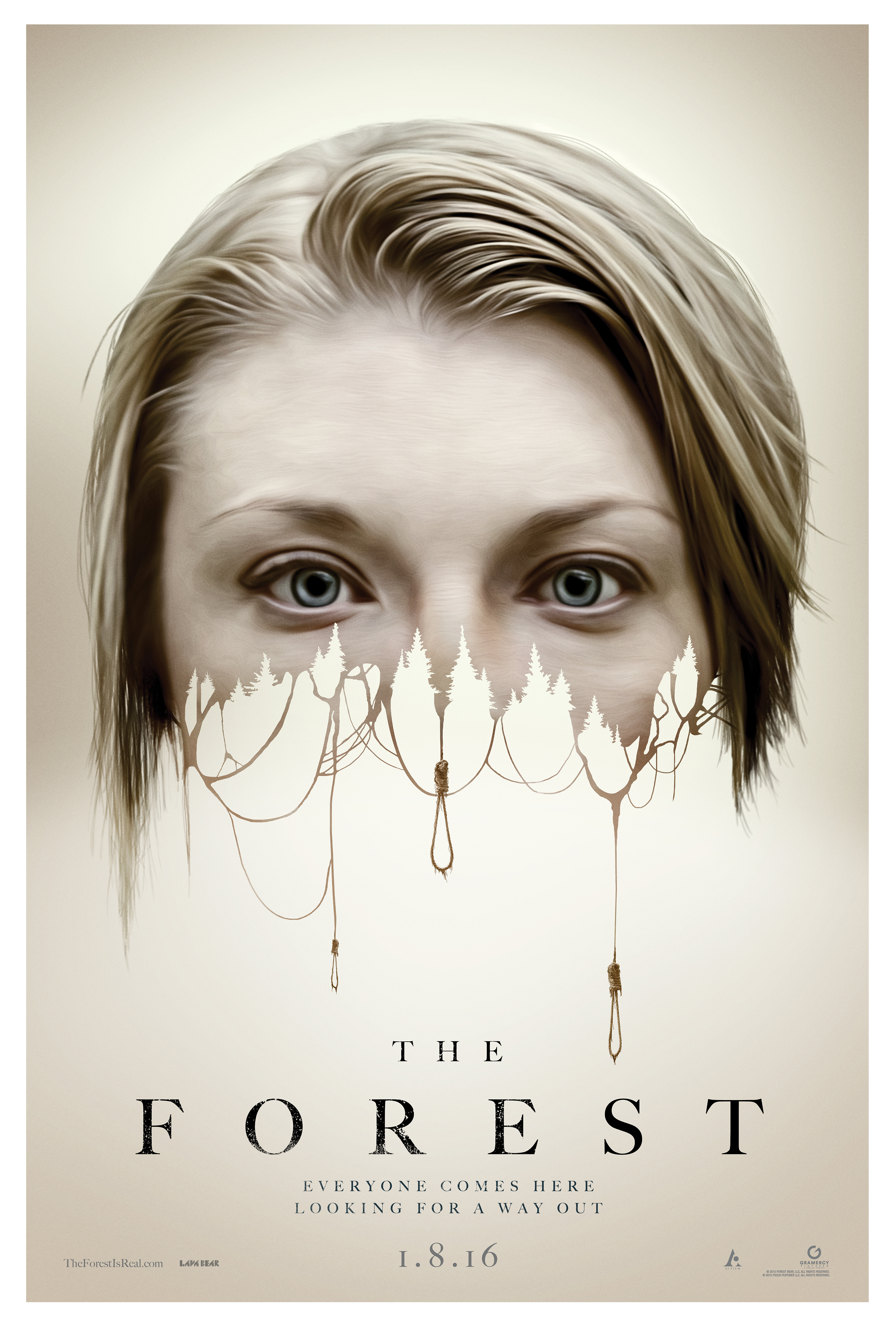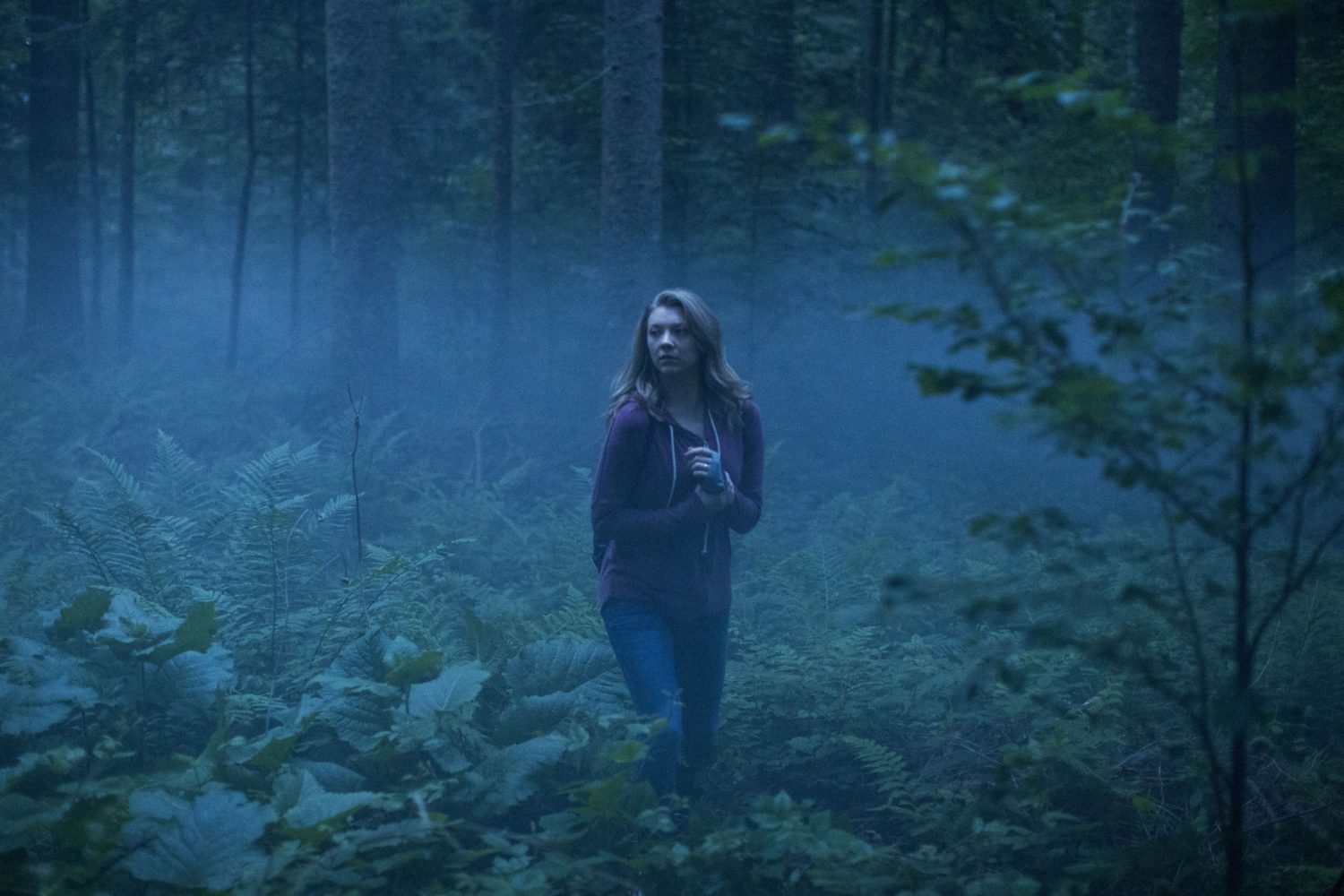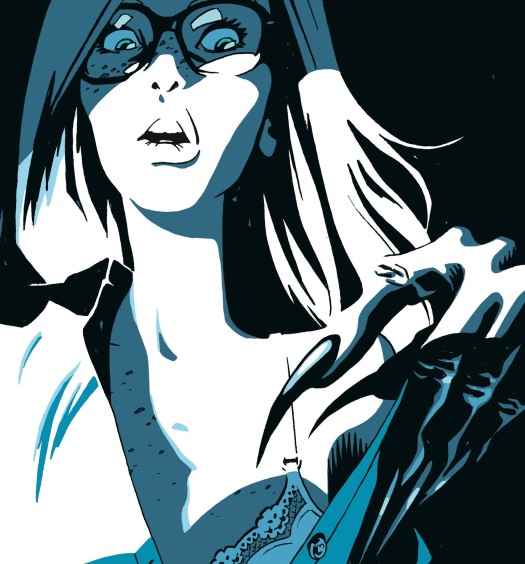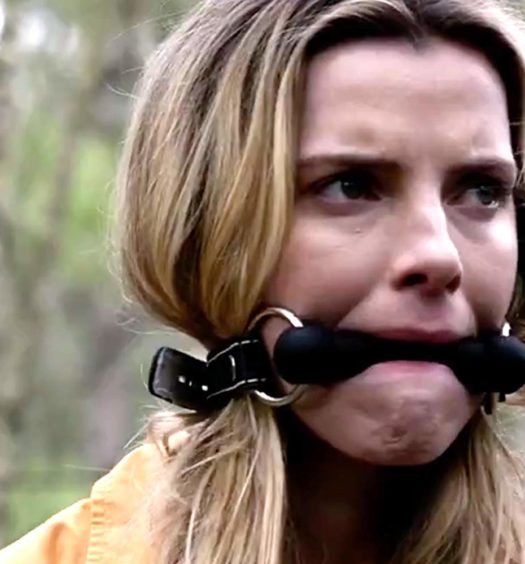When Sara Price learns her identical twin sister, Jess, has gone into the Aokigahara Forest never to be seen again, she immediately hops on a plane to Japan to find her. The forest is a vast sea of trees at the base of Mount Fuji, but more importantly it’s been dubbed the Suicide Forest, as its one of the premiere locations for people to commit suicide. Through some special twin connection, Sara feels Jess is still alive, but is desperate to find her before she’s too late.
The narrative wastes no time at all getting Sara overseas. As in, she’s frantically making her way to Japan within the first five minutes, and all introductory exposition is layered in to her travels. We’re barely able to digest the minimum set up given before Sara is hard at work retracing her sister’s steps. Her time in the city, also very brief, establishes the Japanese as a very superstitious culture. Closing in on her entry into the Aokigahara Forest, she’s warned numerous times about the dangers of the forest. That it’s a place of sadness and despair, and that those who have committed suicide there are bound to the forest in their unhappiness.
Of course, Sara rejects all forewarnings and refuses to leave when all logic dictates she should. Alone with only the travel writer she just met, Aiden (Taylor Kinney), Sara must contend with ghosts real or imagined as the forest’s effects really let loose. It’s at this point that the narrative comes to a crossroad; it can continue down the path of supernatural jump scare assault or it can fully commit to the twist dangled. The potential twist is reduced to the role of red herring and the narrative never looks back. As a result, the story never reaches any actual depth.
The lack of emotional resonance can’t be placed solely on the writing, though. Though Natalie Dormer portrays both Sara and Jess, there’s a certain aloof quality about her performance that undersells the melancholy that the dialog works so hard to have us believe. While she nails fear and confusion during her spectral encounters, we never fully buy in to her deep connection with her sister. As a direct result, the ending falls completely flat.
The forest itself, while lush and stunning, never emerges as a real presence. Despite the multitude of characters explaining what a foreboding place this is, nothing actually establishes this other than dialog. Though actually filmed in a Serbian forest, great care was taken to duplicate the foliage of Aokigahara, and there are many shots that capture nature’s beauty. It can be breathtaking, but it contradicts the atmosphere the plot is telling us exists. It’s a gorgeous forest peppered with moments of jump scares and props that feel a little out of place, not an ominous place of historical reverence and sorrow.
The jumps scares here are mostly effective and offer up a variety of different scare tactics. First time feature director Jason Zada handles tension building well leading up to the scare moments. Zada also deftly handles restraint when handling the appearance of the entities, never giving away too much.
The Aokigahara Forest is rich with mythology and history, none of which this film fully explores. Enough exposition is delivered to get Sara from point A to point B, but the narrative ultimately wastes its potential to fully delve into its themes. Aside from native Japanese guide Michi (Yukiyoshi Ozawa), who has the ability to convey profound empathy and care with his eyes alone, the characters ring a little hollow. It’s a well shot, fast paced, chill inducing spook fest that ultimately feels more like an appetizer than a main course.
The Forest is out in theaters tomorrow, January 8th.

The Forest [Review]
Hollow
A fast paced, well shot, chill inducing spook fest that offers nothing new. Full of jump scares but light on emotional depth, meaning, or resonance and ultimately squanders the use of a unique setting.































